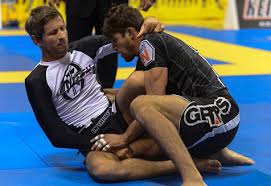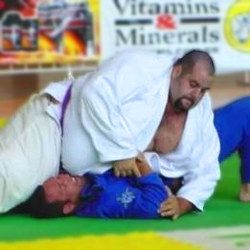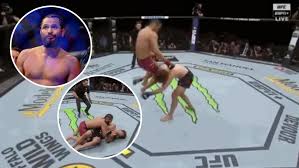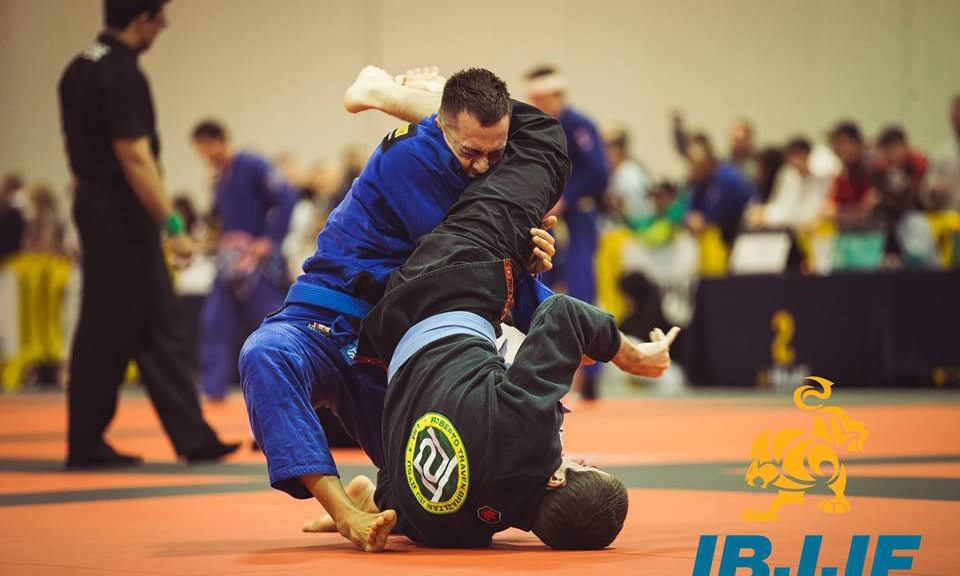The next thing we need to address with our Jiu-jitsu when we are discussing self-defense is the danger of hyper focusing.
What do I mean by this? To put it simply, this is the very understandable concentration of the threat in front of you to the exclusion of all else. This is not odd; it is simply the general way our minds work even when things are normal. Our brains function best as uni-taskers, where we can focus our thoughts and actions on a specific and directed task. Under life and death pressure, especially when it comes on suddenly, is it any wonder that this will happen even more forcefully?
Many people who have studied how to survive violence have found this over and over again. It goes by different names – Massad Ayoob has written for decades about this as part of the “body alarm reaction”, but regardless of how we refer to it, it is the same concept – you are only thinking of the interactive actions between you and the immediate aggressor.
In our framework of jiu-jitsu, this will genially involve the defender dealing solely with what is happening right in front of him, and probably cause us to treat it the same as if we were on the mats in the academy, when the only other thing that can affect us if other students rolling nearby collide with us. This is incredibly dangerous! Not only do we have to make sure that we are not attacked by other parties while engaged, we also need to make sure we do not ignore things like the police arriving and giving us commands that we do not hear. Needless to say, they don’t react well when that happens and they don’t automatically know who the good guy is.
We also have to keep in mind that just staying entangled with someone (even if we are “winning”) may not be the best idea in a given context. This principle will be addressed in another part of this series but suffice it to say that our brains cannot be mentally locked into just the grappling situation we find our self in to be able to look for different options. Like a computer program stuck in a continuous cycle of operation, it may need a system reboot to find a better path.
And just as with the concept of arm control, we already have a decent way to instill the idea of not letting ourselves get hyper focused by what we are already doing in the academy on a daily basis. One of the things I make sure of every class I am in, I always know what is happening off the mats. It is a simple matter of knowing when someone comes in the front door, or walks to the back and into the locker room or bathroom. Or when one of the students steps off the mat and sits down on the side. Very basic things like that. I don’t ah veto do anything about any of them, and it does not change what I am doing while rolling with my partner, it is just a simple and easy way to build a general rather than a hyper focus. If someone comes out of the locker room and I did not realize that person was in there, I mentally put a negative check mark on my ledger. The goal is to rarely have to make that mark. It is not hard, nor does it have to be obvious to anyone else.
One of the things to keep in mind however, is that this is not a jiu-jitsu centric problem. Not at all. It is a problem across the board with all “specialties” whether that specialty is grappling, striking, knife, or gun. And the self-defense people reading this better not be getting smug In truth, we are more likely to see it come up with people who come from the gun world. In that world, authentic oppositional training is rare, and in addition, there is already an overwhelming tendency to see the firearm as a magic talisman/luck rabbit’s foot/Harry Potter wand, and just having or producing the gun will lead to a positive outcome, and so this leads to truly massive failures in force-on-force training time after time. At this point, I have seen tens of thousands of these drill evolutions and I cannot begin to count the gun person desperately trying to introduce a weapon when the good answer was to do anything but that. Hyperfocusing only on the immediate and automatic can get you killed.
You may come up with other “games” to accomplish the same goal, but however you do it, don’t ever let yourself get lazy and only see the person on the mat entangled with you.




